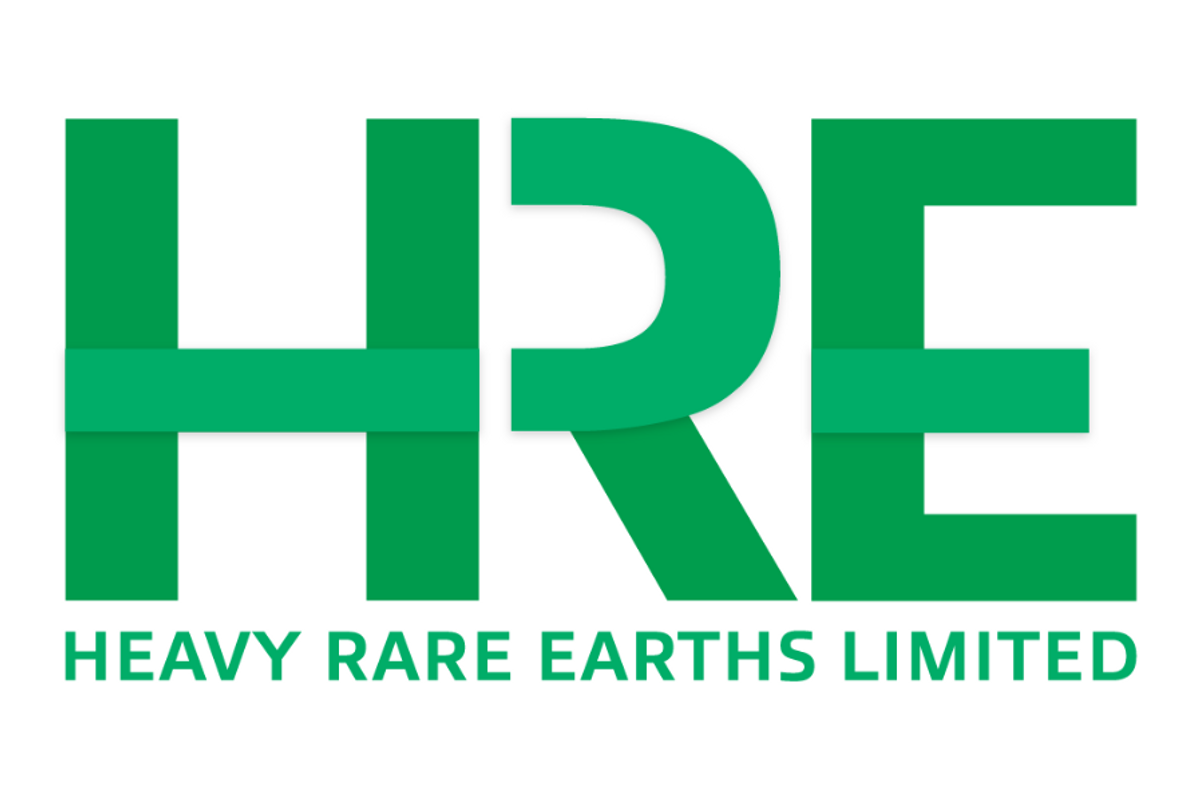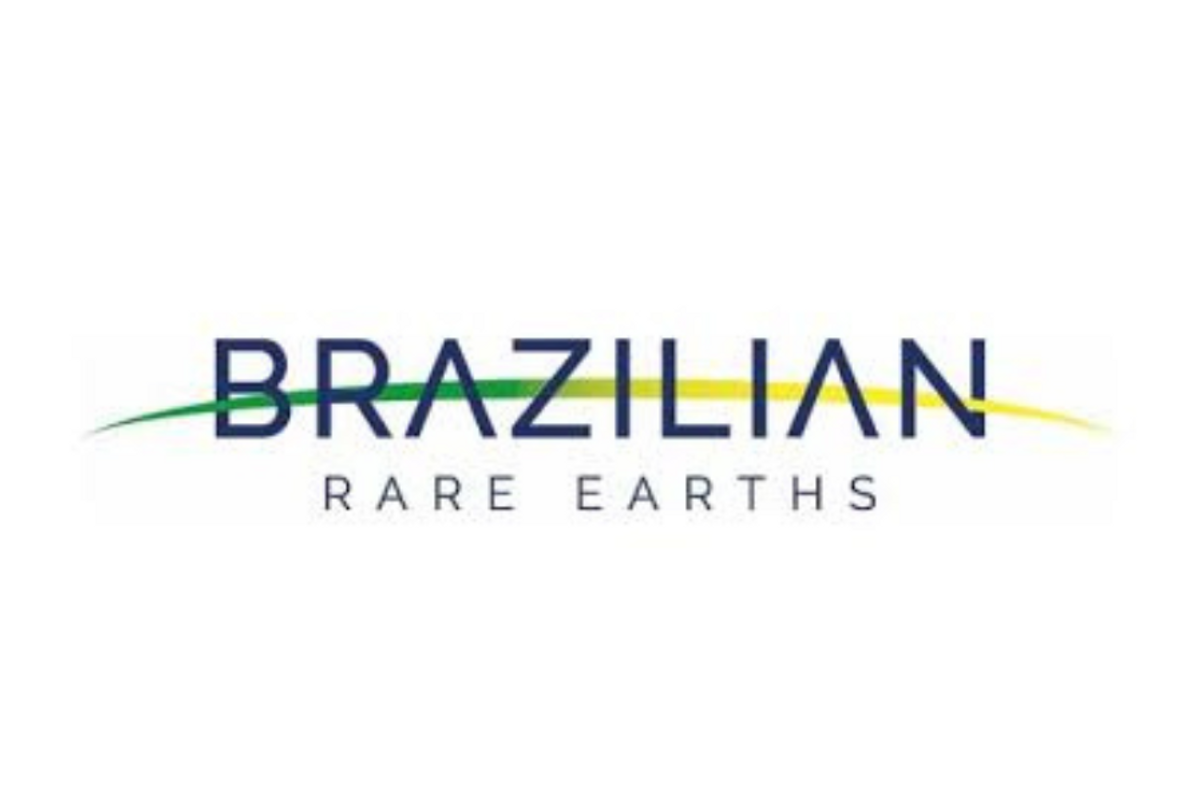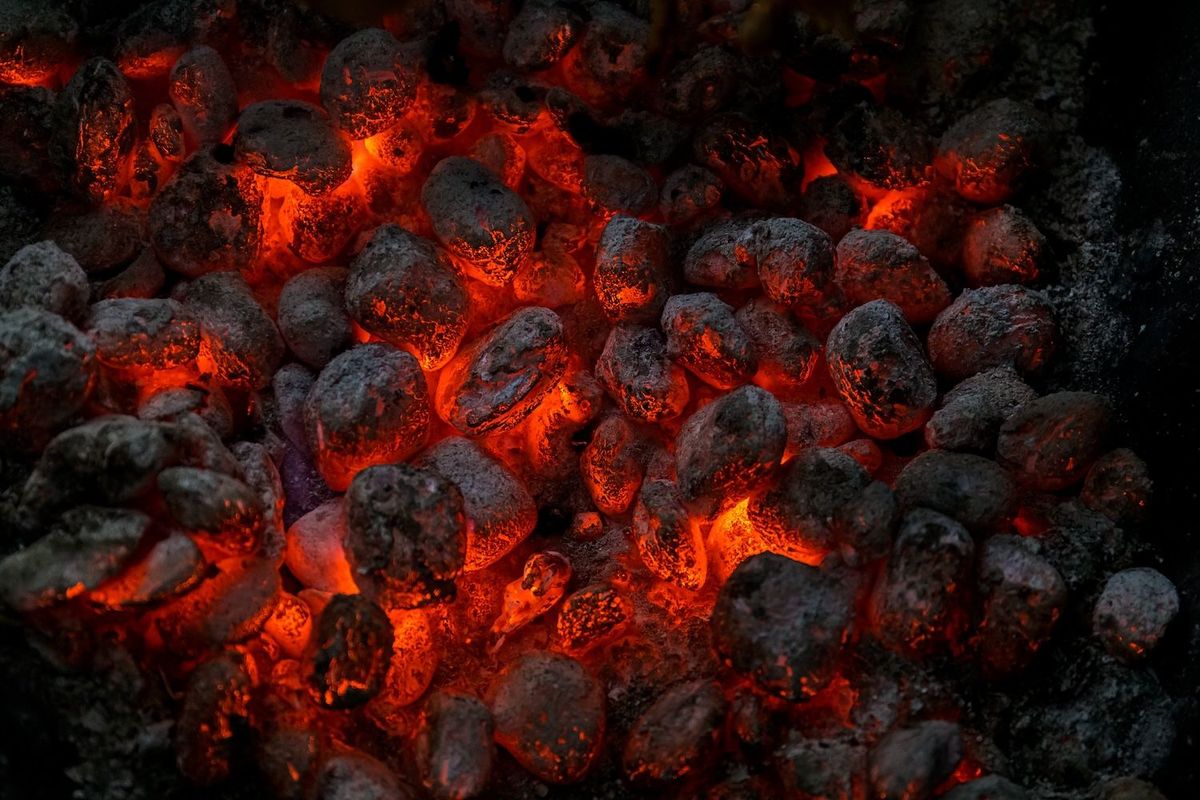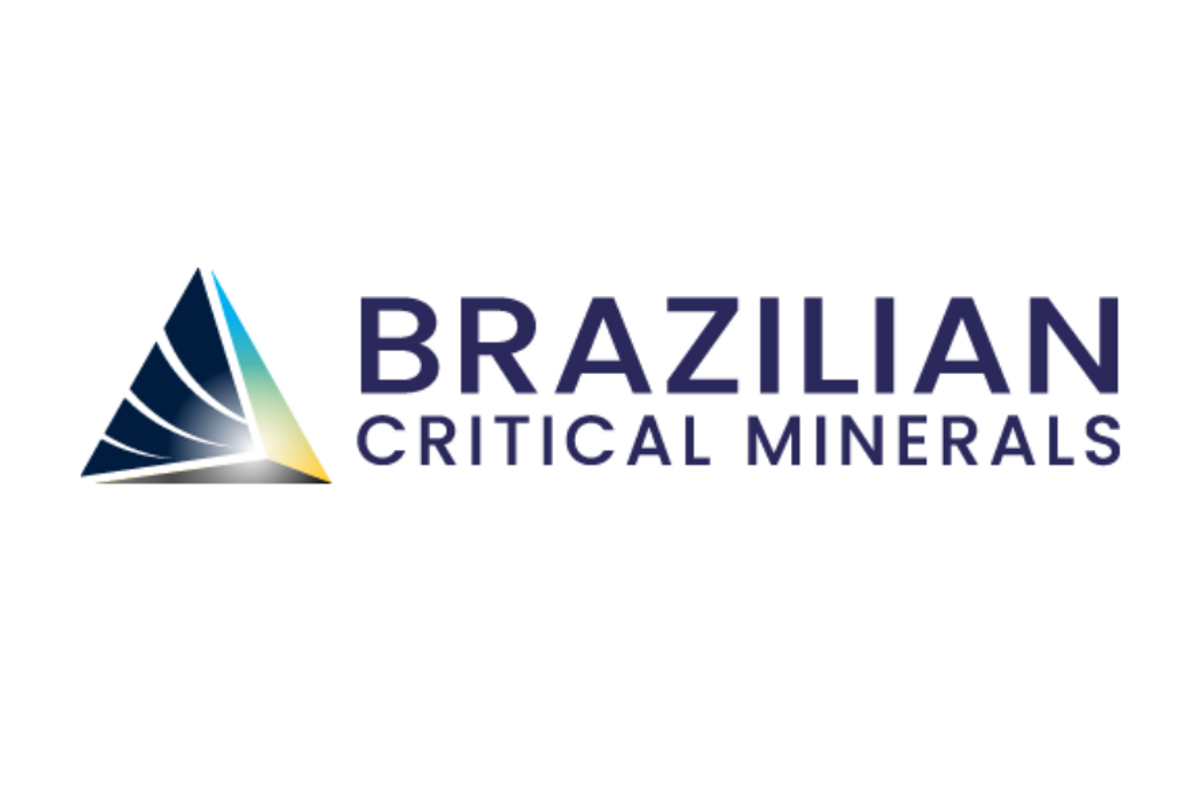
- NORTH AMERICA EDITIONAustraliaNorth AmericaWorld
September 12, 2022
Heavy Rare Earths Limited (“HRE” or “the Company”) is pleased to advise that drilling has commenced at its Cowalinya rare earth project in the Norseman-Esperance region of Western Australia.
- 10,000 metres of drilling targeting expansion of existing Cowalinya resource
- 4,500 metres of drilling to generate new rare earth target zones for subsequent work
- Progressive reporting of assays 6 weeks from laboratory receipt of drilling samples
HRE’s 100%-owned E 63/1972 tenement is located on unallocated crown land and hosts extensive rare earth mineralization in clay-rich saprolite. In 2021 the company completed a program of 3,098 metres of air core drilling in 109 vertical holes in the south-eastern part of the tenement. The mineralized horizon (≥300ppm TREO (total rare earth oxides)) is at depths of between 8 and 43 metres, averages 8-9 metres thick, and remains open in all lateral directions. Rare earth grades exceeding 1000ppm TREO were encountered over significant widths in 17 of the 82 mineralized holes drilled1 including:
Cowalinya South
- 4 metres @ 2249ppm TREO from 16 metres in hole AC33
- 10 metres @ 1511ppm TREO from 15 metres in hole AC28
- 19 metres @ 1445ppm TREO from 20 metres in hole AC29
- 16 metres @ 1155ppm TREO from 16 metres in hole AC2
Cowalinya North
- 4 metres @ 1864ppm TREO from 32 metres in hole AC90
- 12 metres @ 1580ppm TREO from 24 metres in hole AC81
- including 4 metres @ 3428ppm TREO from 24 metres
- 17 metres @ 1205ppm TREO from 26 metres in hole AC89.
Inferred Resources at Cowalinya have been estimated at 28 million tonnes at 625ppm TREO using a cut-off grade of 300ppm TREO-CeO2 2. This has been achieved by drilling just over 1% of the area of HRE’s tenement. All mineralized samples that support the resource’s grade estimate have been submitted for re-assay by Lithium Borate Fusion/ICP-MS and reporting of initial results from the re-assay program are expected in late-September 2022 (refer to ASX announcement 30 August 2022).
Current Drilling Program
HRE has now commenced a resource exploration and expansion drilling program at Cowalinya. The main part of the program comprises up to 10,000 metres of air core drilling in 330 holes targeting extensions to known rare earth mineralization, particularly to the immediate west and south-east of the Cowalinya South resource which contains 75% of the project’s resource inventory (Figure 1). Holes are planned to be drilled 200 metres apart on 400 metre-spaced lines. Subject to delineating the necessary continuity to rare earth mineralization in saprolite, this drilling density is designed to deliver Inferred Resources on an additional 11.5% of the area of the tenement.
A second phase of the program involves drilling of up to 4,500 metres along existing access tracks to explore the central and western parts of the tenement for rare earth mineralization (Figure 1). These holes will be drilled on 400 metre centres immediately after cultural heritage surveys are completed along these drill traverses in the latter part of October.
Drilling is being undertaken using a single air core rig by Perth-based Terrain Drilling (Figure 2). Based on drilling rates achieved during the 2021 campaign, the current program is expected to be completed during December 2022. Drilling samples from the program are planned to be dispatched on a fortnightly basis from Esperance to LabWest Minerals Analysis (“LabWest”) in Perth for sample preparation and assay by Lithium Borate Fusion/ICP-MS. LabWest has indicated that current assay turnaround from sample receipt is approximately 6 weeks.
Click here for the full ASX Release
This article includes content from Heavy Rare Earths Limited, licensed for the purpose of publishing on Investing News Australia. This article does not constitute financial product advice. It is your responsibility to perform proper due diligence before acting upon any information provided here. Please refer to our full disclaimer here.
HRE:AU
The Conversation (0)
06 September 2022
Heavy Rare Earths
Rare Earth Elements in Western Australia and the Northern Territory
Rare Earth Elements in Western Australia and the Northern Territory Keep Reading...
17 September
Sulista Exploration Results Confirm a New High-Grade Rare Earth District
Brazilian Rare Earths Limited (ASX: BRE) (OTCQX: BRELY / OTCQX: BRETF) announces exploration results at the Sulista Project, located ~80km southwest of the Monte Alto project. The exploration program delivered outstanding outcomes across multiple targets, upgrading the Sulista Project to a... Keep Reading...
18 August
The Waste Debate: Can Rare Earth Elements be Extracted from Coal Ash?
Engineers from Monash University are saying they have found a better way to strengthen critical minerals and rare earths supply in Australia by recycling. A report by the university claims that coal fly ash (CFA), the powdery waste that comes out of burning brown coal, could be the next best... Keep Reading...
01 July
Rare Earths Extracted from Ema ISR Field Trial
ISR leaching confirms commercial scale viability using low concentration MgS04
Brazilian Critical Minerals Limited (ASX: BCM) (“BCM” or the “Company”) is pleased to announce that it has now successfully leached, extracted and precipitated rare earths from its in-situ recovery (ISR) pilot field trial at the Ema project. HighlightsFirst REEs successfully recovered under... Keep Reading...
15 April
Dalaroo Prepares Maiden Work Program for Blue Lagoon Zirconium, Niobium and Rare Earth Project in Greenland
Dalaroo Metals Ltd (ASX: DAL, “Dalaroo” or “Company”) is pleased to provide an update on planned activities at the Blue Lagoon Project in Greenland. HighlightsDalaroo has advanced planning for upcoming maiden field season at the Blue Lagoon Zr- Nb-REE project, Greenland. Field work will be... Keep Reading...
26 March
High-Grade Discoveries Enhance Scale of Pelé Project
Brazilian Rare Earths Limited (ASX: BRE) (OTCQX: BRELY / OTCQX: BRETF) is pleased to report the results of exploration drilling at the Pelé Target 1 Project, located in Bahia, Brazil. New discovery of high-grade REE-Nb-Sc-Ta-U mineralisationHigh-grade diamond drill results at Pelé Target 1... Keep Reading...
26 February
Ema Rare Earths Scoping Study Confirms Potential for Ultra Low CAPEX and OPEX Project, Showing Strong Financial Returns at Current Commodity Prices
Brazilian Critical Minerals Ltd (BCM or the Company) (ASX: BCM) advises of completion of a Scoping Study on its 100%-owned EMA Rare Earths Project (Ema Project) in southeastern Amazonas, Brazil. The Scoping Study was completed utilising industry recognised experts in the Australian engineering... Keep Reading...
Latest News
Latest Press Releases
Related News
TOP STOCKS
American Battery4.030.24
Aion Therapeutic0.10-0.01
Cybin Corp2.140.00




